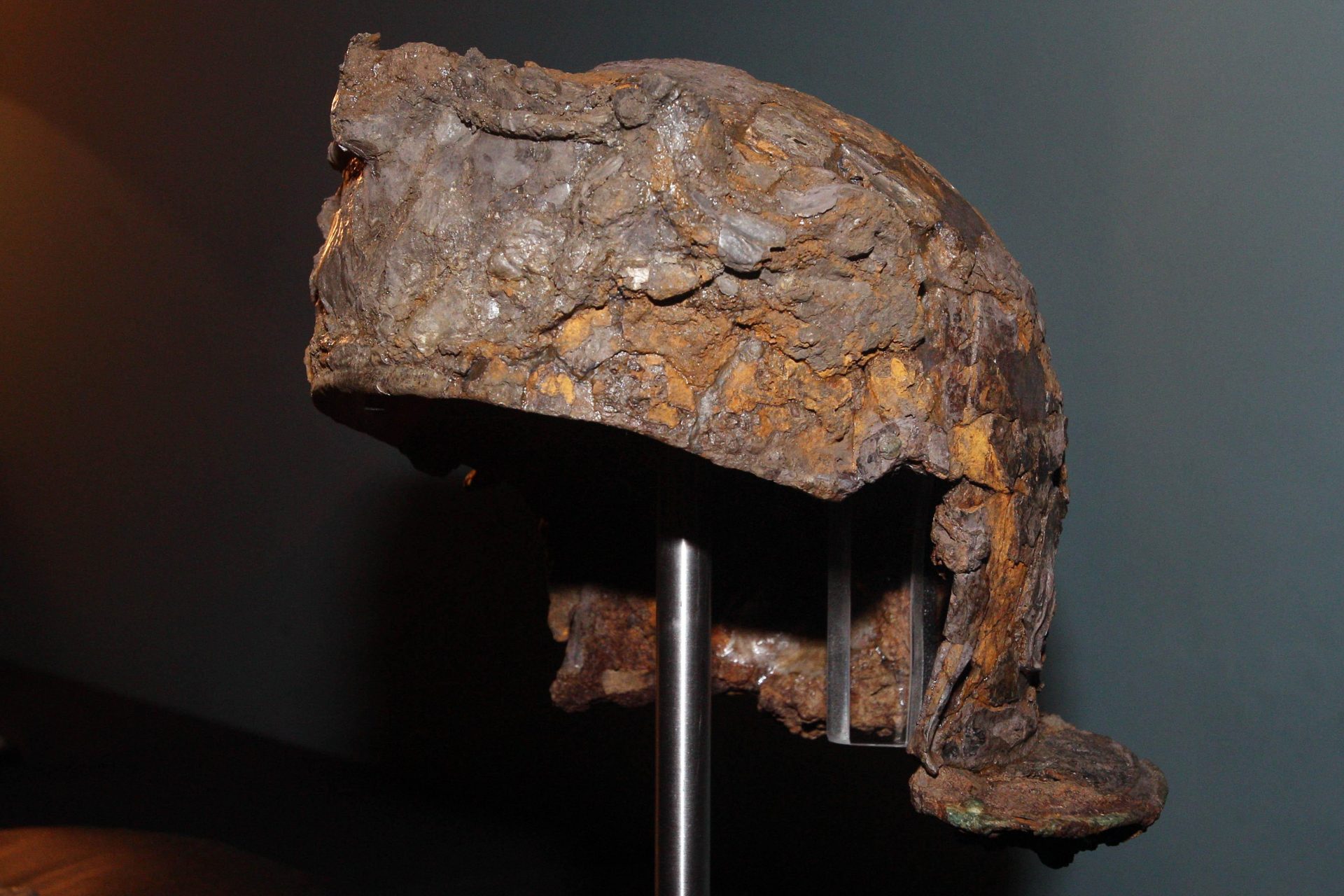Microplastics are a big threat but we might have a way to fight back
Microplastics have become an increasingly dangerous problem in our world and they've everywhere from the stomachs of the fish in our oceans to the breast milk of nursing mothers. We still don't have a firm grasps of the risks microplastics pose but scientists might have discovered a way for us to start fighting back.
Researchers from Australia and Pakistan have teamed up and developed a new magnetic powder material that can remove microplastics and other contaminants from wastewater at record speeds.
Photo by Twitter @NickyEshtiaghi
“Existing methods could take days to remove microplastics from water,” said lead researcher Nicky Eshtiaghi, “while our cheap and sustainable invention achieves better results in just one hour.”
Photo by Facebook @RMITuniversity
The invention isn’t just exciting for its ability to remove plastics from our drinking water, but also for the scale at which it can perform its task.
Eshtiaghi's new magnetic powder material can absorb microplastics 1000 times smaller than those that are currently detectable by the world’s most advanced treatment plant processes.
Conventional purification, for example, usually takes several days to complete its full cycle and can only capture microplastic particles that are a few millimeters in size.
Esthiaghi’s team’s invention means water treatment plants will be able to remove more plastics from more water in a quicker amount of time while reducing costs.
Photo by Twitter @NickyEshtiaghi
Designer of the material and co-lead researcher Dr. Nasir Mahmood also noted that his new material wouldn’t lead behind any secondary pollutants that could contaminate drinking water.
Dr. Mahmood’s design looks like any regular powder but when looked at under a microscope one can see that it is made up of ferromagnetic nanopillard particles.
When the powder is swirled around in wastewater for a short amount of time a magnet can be used to remove all the nanopillard structures, which effectively cleans the water of all its impurities.
“We tested the powder on tainted water samples and it adsorbed 100 percent particles in just 60 minutes,” said Ph.D. candidate and fellow researcher Dr. Muhammad Haris.
Next,” Dr. Haris added, “a magnet is used to remove all the nanopillared structures with microplastics they have adsorbed because the swirling MOF-based nanopillars are magnetic in nature and are easily attracted to any magnet for further removal.”
The powder can be reused up to six times according to Haris, which helps reduce the costs of a material that is already very cheap and easy to use.
“We use 3 grams of powder to clean one gram of dissolved plastic in one liter,” Dr. Haris said, adding that the “most amazing part of the invention is that its raw material is actually bio-waste.”
The research team has applied for a patent for their invention and is now working on scaling up the process to be compatible and workable at a commercial level.
With more news coming out about the danger of microplastics and their widespread presence in every corner of biology, the research group’s magnetic nanopillard powder could prove promising in eradicating our microplastic problem.
More for you
Top Stories





























